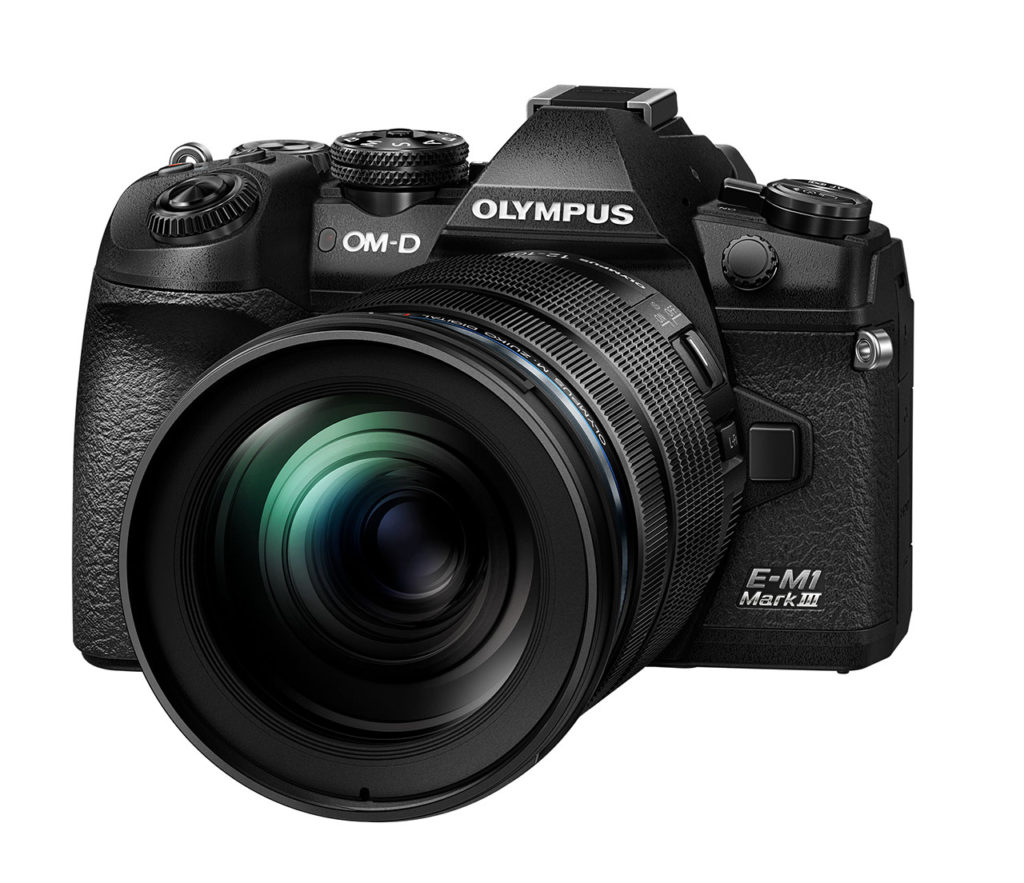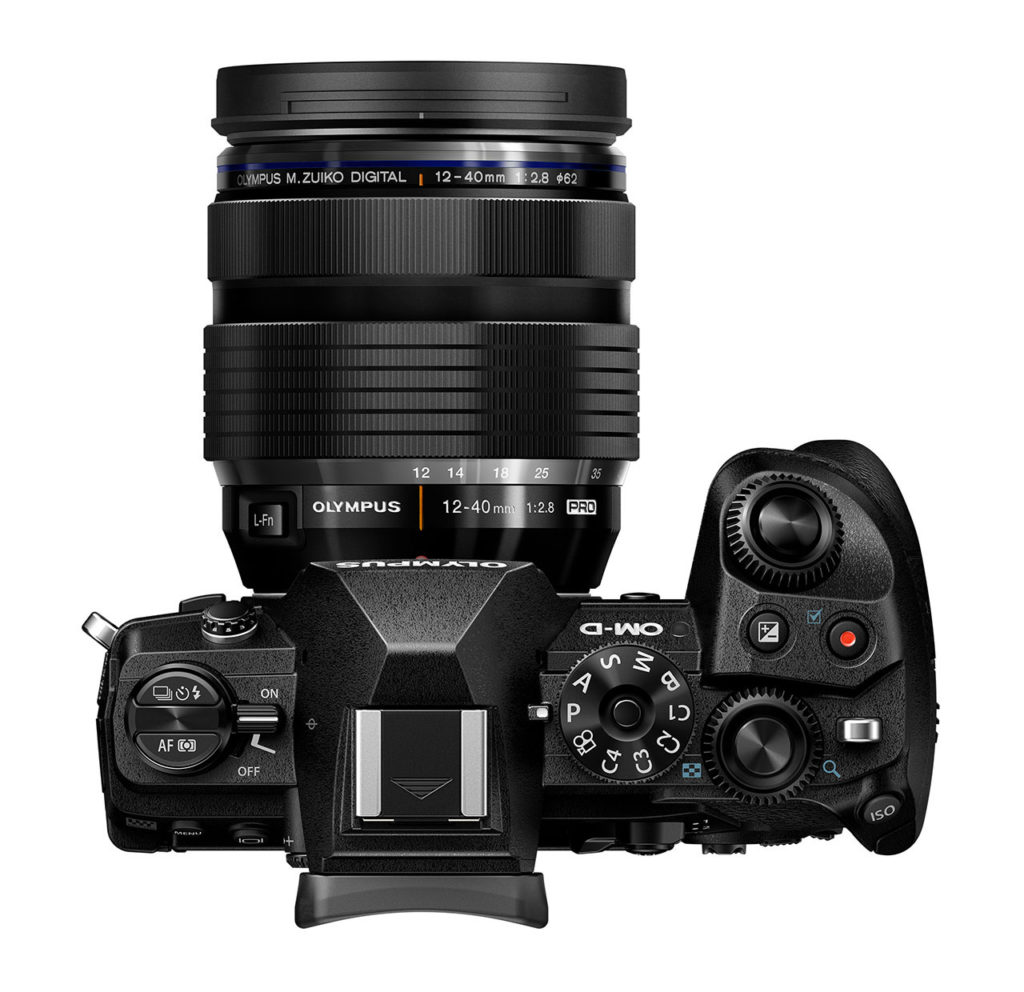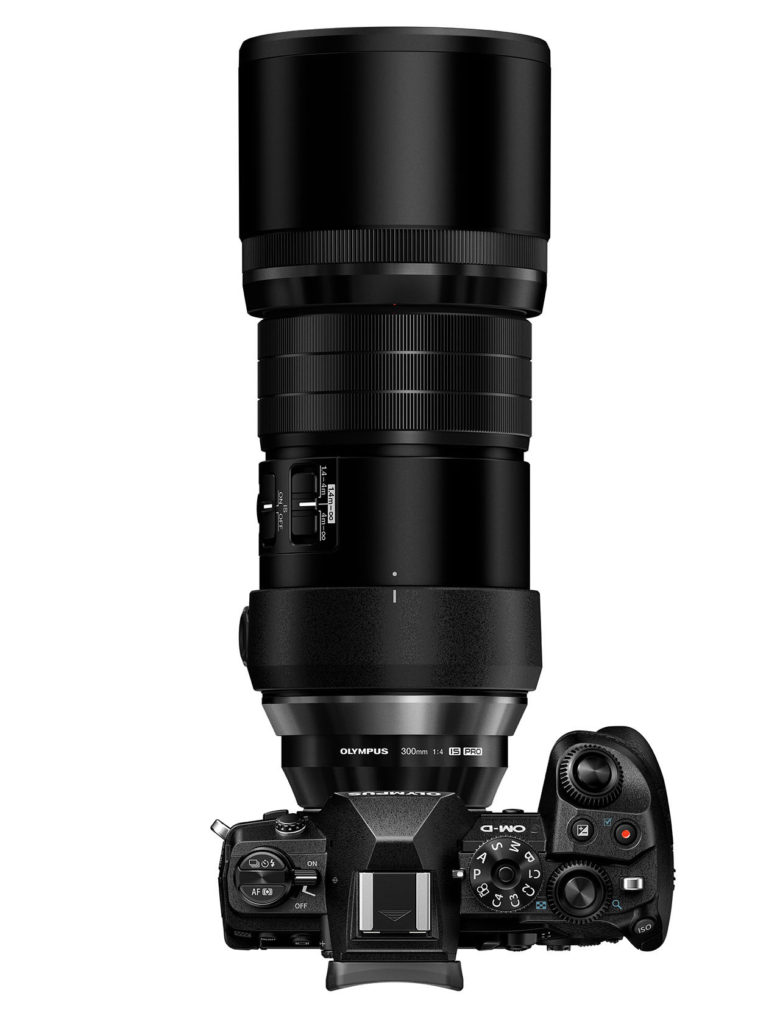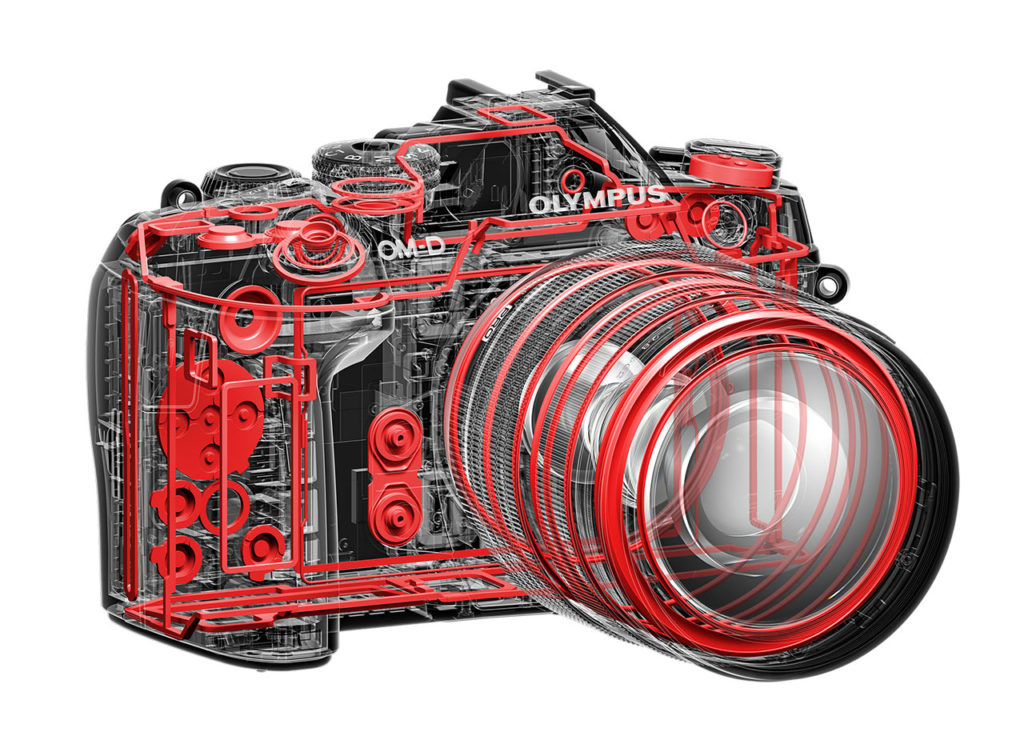PHOTONews had the opportunity to participate in a recent Olympus press event in Costa Rica, where top experts from the world’s photo press corps were treated to a hands-on encounter with the brand new Olympus OM-D E M1 Mark III, a professional Micro Four Thirds System body with a 20 MP live MOS sensor, a new TruePic IX processing engine, and the 5-Axis IBIS gyro sensor that we first saw in the pro M1X model. There are many technological advances designed for professional and enthusiast photographers who need an ultra compact, lightweight, agile camera system with the reliability that has made Olympus famous.
We had the opportunity to experience the full spectrum of features embodied in this new camera, in real-life situations that challenged our photographic skills.
The Olympus OM-D E-M1 Mark III is latest model in the M1 series, and while it has the compact form factor similar to the Mark II, it boasts many of the features that were first seen in the professional OM-D E M1X.
The OM-D E-M1 Mark III is a very capable photographic tool that will thrill any advanced enthusiast and fill the needs of many professional photographers. With a strong yet lightweight magnesium frame, the camera is built to face the rigorous challenges of serious photographic assignments, while providing the obvious advantage of an ultra compact and lightweight body and, of course, the wide array of Olympus Zuiko lenses.
The result is a very capable, ultra light system for wildlife and sports photography, with 7.5 stops of anti-shake stabilization technology that allows hand-held photography with lenses equivalent to 600mm. This gives you the freedom to travel light on expeditions, and push the productivity of your creativity to the limit.
Dual Card slots
The OM-D E-M1 Mark III features a UHS-II / UHS-I compatible Slot 1, and a UHS-1 compatible Slot 2 with four recording settings: Standard / auto switching / Dual Independent / and Dual Same. Action shooters will find the performance to be very impressive – up to 18 frames per second with continuous auto focus, and 60 frames per second, AF / AE Lock Sequential Shooting. There is also a Pro Capture mode, which lets you capture up to 35 frames retroactively – you can capture the best moment of before-shuttering – perfect for wildlife and bird photography.
Action shot – hand-held with the zoom lens at the equivalent of 600mm.
We were very impressed with the construction of the body, which is weatherproofed to protect from rain, snow and dust – ideal for use in extreme conditions. Sure enough, despite the usual balmy and extreme weather (36°C) with 95% humidity that we enjoyed in Costa Rica, the camera system performed perfectly, with virtually every shot perfectly exposed with razor sharp focus.
Among the many features of the new OM-D E-M1 Mark III, we were impressed with the Face Priority / Eye Priority AF technology, which automatically detects and focuses on faces and eyes. While the previous models incorporated face detection, the performance is now more advanced.
We checked out the Face Priority / Eye Priority AF technology – it worked perfectly on this little fellow!
The new TruePic IX image processor features higher processing capabilities and improved AF algorithms to better detect small faces and eyes, even in situations where face detection was difficult in the past. This high speed, high accuracy AF system is the best we have seen to date in an Olympus camera.
Starry Sky AF
The OM-D E-M1 Mark III brings a new feature to the line – Starry Sky AF technology – this will revolutionize the world of astrophotography. In the past, auto focus was difficult when shooting celestial images, so photographers have traditionally relied on manual focusing to render stars as sharp, single point light sources. For the OM-D E-M1 Mark III, a new algorithm was developed to enable accurate focusing even on the tiniest stars shining in the night sky, enabling ultra-high-precision auto focusing. One of two modes in Starry Sky AF is the Speed Priority mode (the default setting), which prioritizes focusing speed and completes AF operations in a short period of time. Thanks to the powerful image stabilization, this feature makes handheld astrophotography possible using a wide-angle lens. The second mode, Accuracy Priority, uses a fine-tuned focus scan and is effective for shooting specific stars with telephoto lenses.
Starry sky shot during the night – looks like it was shot during the day.
In this Starry Sky shot we see the star trails…
Notable Features
Among the many new features in the OM-D E-M1 Mark III, we were impressed with the Live ND slow shutter effect without the need for an external ND filter, and the ability to combine shots to create a 50 MP HRS image – even when hand-held. This is possible thanks to the 7 – 7.5 stop in-body image stabilization technology.
ND shots – slow shutter speed effects on a bright, sunny day are a breeze.
The camera also boasts an industry-leading dust reduction system that shakes off sensor dust with 30,000 vibrations / second, and keeps dust from adhering to the sensor with a special coating on the SSWF (Supersonic Wave Filter) that was developed for the M1X.
The OM-D E-M1 Mark III offers the convenience of charging with a USB port – you can achieve a maximum of 100W Power delivery with Power Enabled High Speed USB charging – this lets you charge while moving around. You can also use the USB charging system for long duration shooting, when you use an external power pack.
AF Options
You can select from a range of auto focus options with the OM-D E-M1 Mark III. Choose from Single point, Group 5 points, Group 9 points, Group 25 points or the full 121 points auto focus modes.
Focus Stacking is available from 3 – 15 shots, and viewfinder guide lines can be displayed during shooting. You can also use Focus bracketing, up to 999 images.
Video Features
When you turn your attention to videography, the OM-D E-M1 Mark III offers an impressive stable 4K / Cinema 4K video mode with hi-res sound.
Connectivity
The OM-D E-M1 Mark III features High speed 5GHz band wireless shooting with Olympus Capture.
Test results
We tried out the camera with the NEW ultra compact 12-45mm f/4.0 PRO. This camera/lens combination provides amazing portability, high resolution, and superb macro capabilities (as close as 12cm) this is a super lightweight combo.
We tried the Starry system, but unfortunately the sky wasn’t clear enough to shoot the stars, but we tried it on the beach and the result was great in live composite mode.
We tried the Live ND slow shutter effect. It was very interesting to shoot at slow shutter speeds on a bright and clear day, and the results were very similar to using a real ND filter.
We could fill the entire issue with fascinating facts about this brand new camera body – but we will let the Olympus Visionaries show you what the camera can do – check out their spectacular images on the website at https://getolympus.com/
Author – Jacques Dumont
































